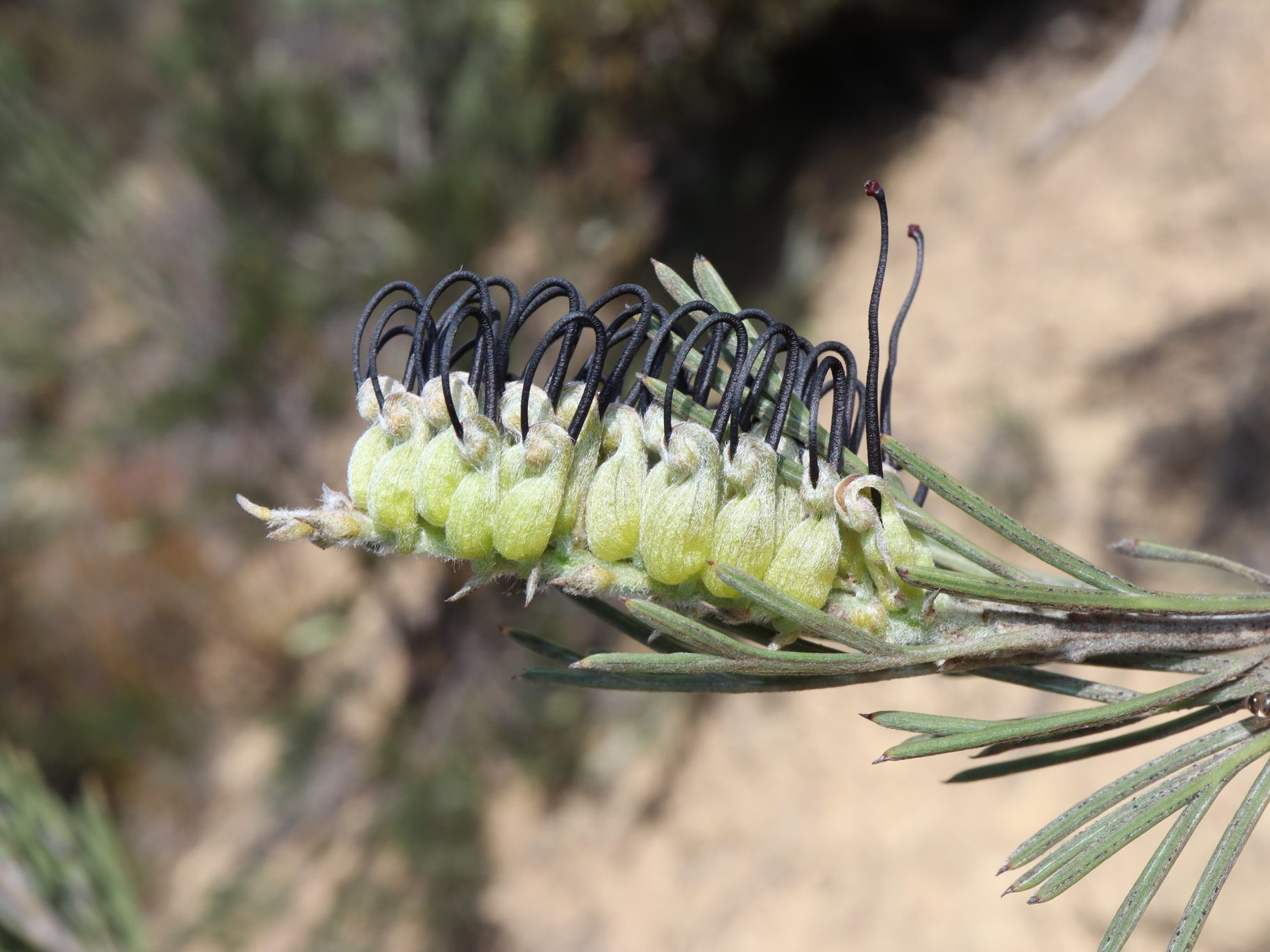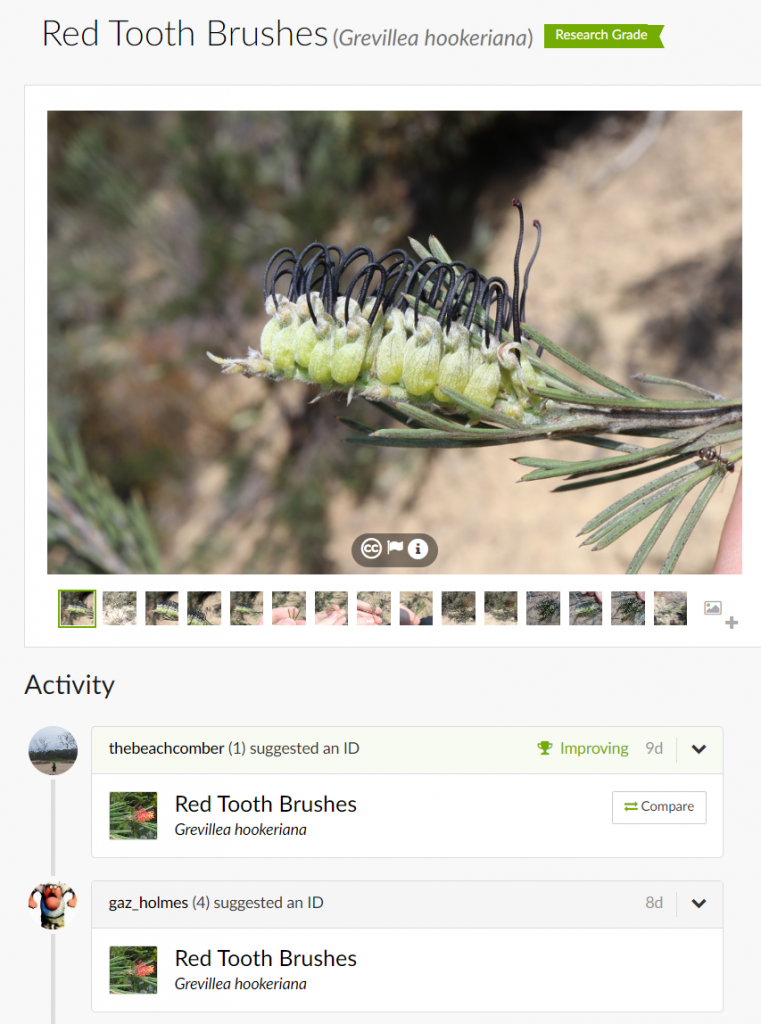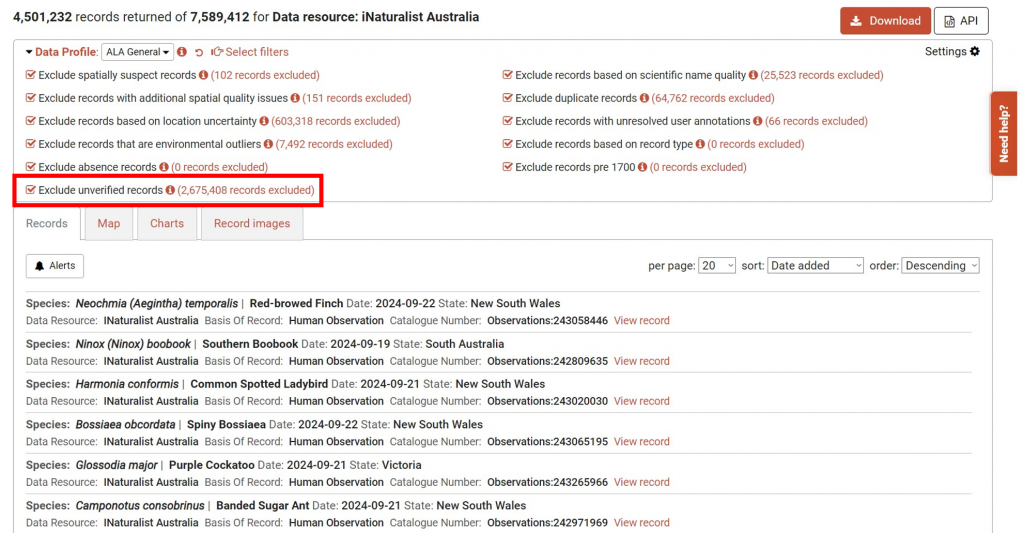When using the Atlas of Living Australia’s occurrence search, our Data Profile tool filters out potentially problematic records to lift the visibility of higher quality data. We’re changing it to filter iNaturalist records that are verifiable but haven’t yet been verified by default.
iNaturalist Australia is one of the largest and most up to date datasets in the ALA. As of September 2024, more than 7.5 million iNaturalist records are loaded into the ALA, with tens of thousands of new records every week.

The ALA accepts two main types of verifiable record from iNaturalist: ‘Research Grade’ and ‘Needs ID’. While this will continue to be the case a new ALA data profile update means only Research Grade records will now be shown by default on maps and in search results.
Why did we make this change?
Although the identification accuracy of Needs ID iNaturalist records is still relatively high for many groups of organisms (see for example, the most recent accuracy experiment run by iNaturalist staff), a number of recent studies (including some major work in preparation on iNaturalist records of Western Australian plants) have shown that Research Grade records have a higher identification accuracy than Needs ID records for most taxa. Filtering Research Grade records in the ALA by default therefore maximises data quality for all users.
What is the difference between Needs ID and Research Grade?
When an observation is first uploaded to iNaturalist, it is designated as ‘Needs ID’. The entry will remain in this category while it only has a single identification at species-level or finer or is identified to a rank coarser than species.

This iNaturalist record is currently categorised as Needs ID as it only has a single identification attached to it.
Broadly speaking, observations will shift from Needs ID to Research Grade when at least two identifications have been added (including the observer’s original identification), the community ID is at a species-level or finer, and more than two-thirds of identifiers agree on the identification (two from two, three from three, three from four, four from five, and so on). Research Grade observations can shift back to Needs ID at any time based on new identifications.
For a more detailed explanation of these grades, refer to pages 27-28 of A Guide to iNaturalist: An Australian Perspective.

This iNaturalist record is currently Research Grade, as it has two identifications at a species level which both agree with each other.
What change has the ALA made?
In the ALA, these Research Grade and Needs ID categories are represented in the Darwin Core field identificationVerificationStatus. The change to the default Data Profile, called “ALA General”, now excludes all Needs ID iNaturalist records by default on maps and in search results with a newly established group: ‘Exclude unverified records’. This profile is visible at the top of any page of occurrence records in the ALA.

Can I still view these Needs ID records?
Needs ID records are still retrievable at any time. All you have to do is untick the checkbox next to the data profile, and the records will then be included in your results. Learn more about how to modify the ALA data profiles.
If you’re unsure about this change or have any questions, please reach out to support@ala.org.au.